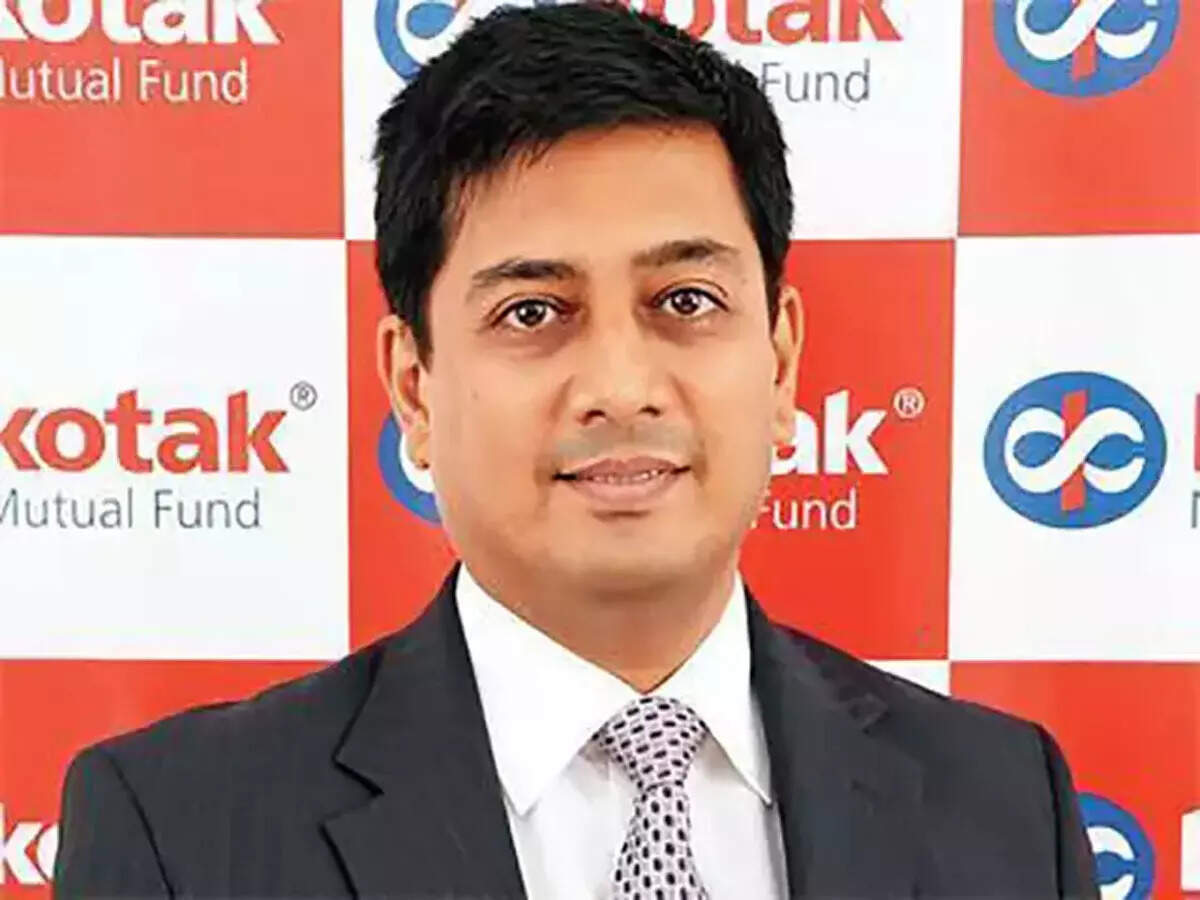
“Although same cannot be said about Indian domestic investors or the institutional category, but the retail and HNI category seem to be quite light at this point of time,” says Harsha Upadhyaya, CIO-Equity, Kotak AMC.
15-20 days ago, there was nervousness in the market ahead of elections. FIIs were selling. But right now, things are looking absolutely clear. Everyone is excited. The fact that the current government could come back into power, there seems to be a consensus. Stocks have rallied, which essentially represent infrastructure and this entire so-called policy gambit. How would you classify or how would you describe the market positioning ahead of the elections for us?
As far as markets are concerned, as you rightly mentioned, couple of weeks earlier there was quite a bit of nervousness, so to that extent I think at least the foreign institutional players seem to be sitting on the sidelines or removing some profits from the table. But of late, we have seen again, foreign institutional investors coming back and investing into Indian equities. Although same cannot be said about Indian domestic investors or the institutional category, but the retail and HNI category seem to be quite light at this point of time.
However, if you look at the next four trading sessions, they are quite eventful. Tomorrow is expiry. Day after tomorrow is a deadline for MSCI rebalancing. We have exit poll results coming in before the market starts on Monday and then we have the election outcome coming the next day.
So, overall, I think in the very short term there is likely to be higher volatility. So, to that extent, I would say that if you are a very-very short-term focused investor, you should not be extending yourself. But if you are investing for the next couple of years and in a diversified portfolio, I think it is a good time even now to invest.
In our ET Now CIO poll, we did post this question as to which sectors are overweight. You also participated in that. Tell us, do you believe the momentum which is there in PSUs, defence, cap goods, that is likely to continue or there is merit now to look at the trade which has not really played out and that is private banking and the financial universe?
If you look across our portfolios, we continue to have similar overweights as we had a couple of months earlier, that is auto, auto components, industrials, some of the other manufacturing segments.
While we are more confident on the earning stream in these particular sectors, we also recognise the fact that if you are looking at pure valuations, probably largecap private bank space is the only space that offers that comfort because this is the only subsegment within the entire market, I would say, which is probably trading at pre-COVID valuations or even below pre-COVID valuations in some cases.
So, if at all you need some stability in your portfolio, you definitely need to have largecap private banks.
So, while our overall positioning on the financials is still an underweight position, but we do have significant holdings within private banks in the largecap space.
Similarly, we do have a certain amount of holdings in other defensive areas such as FMCG and pharma as well which we think will give stability to the overall portfolio. It is not that every time, every quarter, the same set of sectors are going to participate and give you returns, but you also need to keep in mind how to manage the overall portfolio volatility, so to that extent having some of these sectors which may not participate just because of the elections or the policy push, but definitely they need to be part of your portfolio.
I want you to come in over here as well because one of the brokerage notes of course is saying that 90% of the Modi stocks that the rally is pretty much done with and behind us. How is it that you would play the PSU piece, ex-banks in specific from here onwards?
I am sure we do have a reasonable exposure to PSUs, but we do not classify companies based on just the ownership. We also look at the business fundamentals and the industry dynamics and then try to position ourselves.
Within PSUs, we have been quite positive on the entire defence piece within the PSUs. We have been holding several other stocks in the logistics, oil and gas segment, energy, power, all of these segments.
So, we continue to be quite positive on the entire piece at this point of time.
However, the uniform rally that we saw in PSUs for a good part of 2023 may be behind us. Most of these stocks have reached valuation levels which are no more very-very attractive in that sense or very cheap compared to historical range.
So, to that extent from here on, the delivery on the business growth and profitability would be key for sustenance of these performances.
But we do believe that there will be a certain set of PSUs which will continue to deliver on the higher level of business momentum and also will be focusing on the profitability and those are the names that we continue to hold in our portfolios.
If markets fall for whatever reason, whether it is the election outcome or whether it is global cues or it could be pure profit booking, where would you be a buyer? Where do you think that it is time to buy the fall?
If you need the stability, you need to look at largecap private sector banks and probably FMCG and pharma at this point of time. Banking clearly, as we discussed earlier in the show, the valuations are looking quite reasonable at this point of time.
So, in case of a market fall, very unlikely that they would fall more than the market. And also, it is likely that they could perform because some money could move incrementally from other places into banking.
If you look at FMCG, we do believe that over the next couple of quarters somewhere we should see a revival. It has been such an expectation for quite some time, it has not panned out, but finally we do believe that the election spending and hopefully a reasonably strong monsoon should help FMCG to revive from here on, so that is again a sector which could give downside protection.
Although in terms of valuation, same cannot be said about FMCG as we spoken about largecap banks because the valuations have not corrected in absolute terms, but there has been a reasonable time correction over the last several quarters, so to that extent that also offers downside support I would say.
And then pharma, it is not a top-down call, but there are certain pharma companies on a bottom-up basis which are still delivering good numbers and they are unlikely to be as volatile as the rest of the markets and also, if you look at purely from a short-term performance perspective, as you rightly mentioned, some of the policy beneficiaries or likely beneficiaries have done much better than some of these defensive segments, so there is going to be a little bit of stability in these three pockets.
Are you churning your overweights, underweights a bit because it seems like there are select people who are booking out a bit out of automobiles and putting it in sectors like chemicals, etc, anything that you are doing?
Nothing on the larger side, I would say. There would be a little bit of profit booking here and there across many sectors that could be specific to individual portfolios. But across the fund house, we have not taken a call in terms of trimming any large overweight position into underweight position or vice versa.
But yes, autos have done quite well, so there could be an inclination to book some profits in some sub-segments of auto.
But at this point of time, we do believe that two-wheelers as well as auto components will continue to deliver numbers on earnings growth.
If we look at financially at 24 and 25; 24, we have already seen where these companies have delivered good numbers and 25 and 26 as well you are likely to see better than market average earnings growth from this pocket.
So, to that extent, while valuations may look slightly higher than what we had seen a couple of quarters back, we do believe that over the next couple of years, this segment will remain an outperformer in the overall portfolio.

